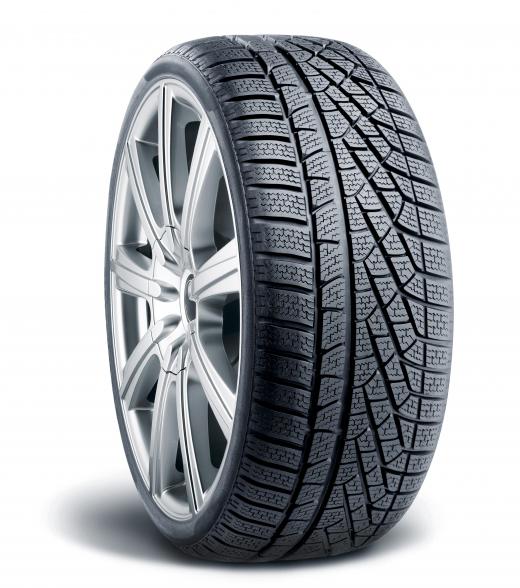What is Polymerization?
Monomers are small, single molecules, such as hydrocarbons and amino acids. The monomers bond together to form polymers in a process called polymerization. People use manmade polymers, such as polypropylene and polyvinyl chloride (PVC), in hospitals, schools and their own homes, but they account for only a small percentage of these materials. Rubber and cellulose, which are natural polymers, are used to make everything from tires to cellophane to rayon. Deoxyribonucleic acid (DNA) and proteins are also natural polymers.
Polymerization isn't a complicated subject, but the ways in which monomers are put together vary so much that scientists find it easier to have more than one system of describing this process. One system of separating the processes asks the question of how much of the original molecule is left when the monomers bond. In "addition polymerization", monomers are added together with their structure unchanged. This kind could be likened to a child playing with blocks: although the wall the child builds is a large structure, in the end, the individual blocks are still discernible.

This is not true in condensation polymerization. This process results in a polymer that is less massive than the two or more monomers that joined to form it. This happens because not all of the original monomer is allowed to stay on the polymer. Hydrogen chloride and water are usually thrown from the mix when polymers form in this manner.
While the condensation versus addition systems of describing these processes may be useful, it is not the only way to see how polymers might form. Another way of explaining how monomers form polymers involve observing how the monomers combine with one another. In chain growth polymerization, one monomer is added to the collection at a time until a polymer is formed. This is the simplest method. A more complicated process is called step-growth polymerization. Here, it usually isn't just one monomer joining the party at a time. Eventually, there will be enough monomers to create a polymer.
Polymerization is a necessary process. Only through this forming of larger molecules could the human brain exist.
AS FEATURED ON:
AS FEATURED ON:












Discussion Comments
What does caustic soda and hydrochloric acid do to plant fibers that are natural cellulose?
Can you give me a new idea on how to bond clay soil particles using polymer or better still, biopolymer?
intermolecular combination of simple molecules (monomers) to form bigger molecule of high molecular mass is called polymerization.
what is a polymerisation?
I wanted to find out whether or not carbon dioxide is produced or released in the process of polymerization. When you type 'what is produced in the process of polymerization' I expect my question to be answered. Not having a go at you but it is very annoying when you can't find what you want!
This is a great article right down to the last couple of sentences. what kind of smeezle is that last thing about things not existing outside of a brain to experience it? Things existed long before there were brains to experience them and things will exist long after brains are gone. Don't spoil your good work with blather.
Post your comments